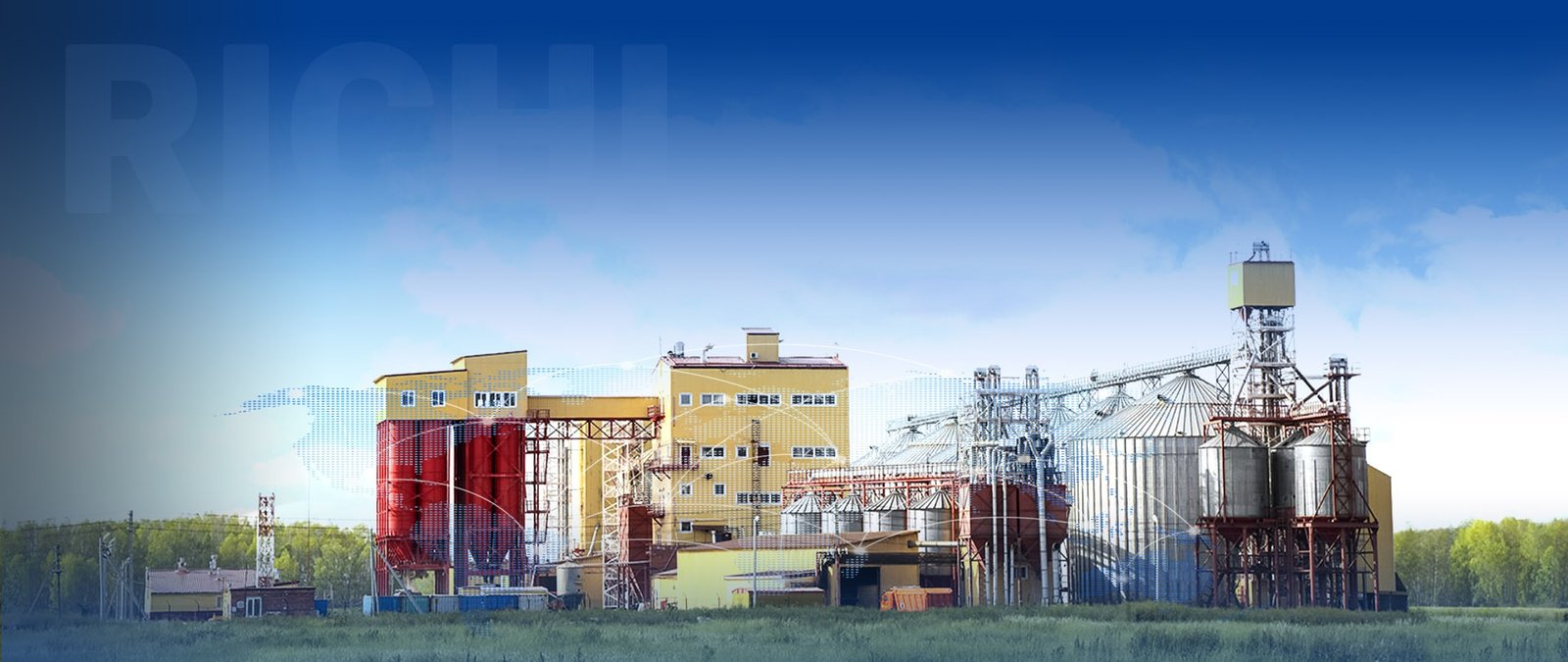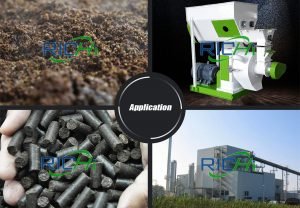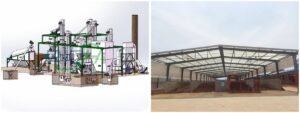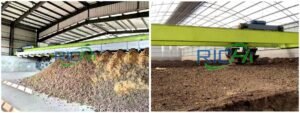Investing in a 30 tons per hour (t/h) animal feed processing plant represents a significant financial commitment that necessitates thorough financial evaluation. One critical metric that investors and business owners focus on is the payback period—defined as the time required for the investment to generate enough cash flow to recover its initial cost. This article examines the factors influencing the payback period for a 30t/h animal feed processing plant and provides an estimated calculation based on industry norms and market conditions.
Key Factors Influencing the Payback Period
Several key factors can impact the payback period of an animal feed processing plant:
- Initial Investment Costs
Establishing a 30t/h plant involves various expenses, including equipment, construction, and installation. The total investment typically ranges from $5 million to $8 million, influenced by factors such as location, equipment quality, and level of automation. - Annual Production Capacity
A 30t/h plant running for 16 hours a day, 300 days a year, can yield around 144,000 tons of feed annually. This production capacity directly influences revenue potential. - Market Demand and Pricing
The demand for animal feed and the selling price per ton are critical in determining revenue. Prices can fluctuate based on the type of feed, quality, and overall market conditions. - Raw Material Costs
Being the primary expense in feed production, raw material costs have a significant impact on profitability. These costs can vary due to market conditions and sourcing strategies. - Operational Efficiency
The plant’s operational efficiency regarding energy consumption, labor productivity, and waste reduction influences operational costs, which in turn affects the payback period. - Financing Costs
If financing is secured through loans, interest payments will affect cash flow and extend the payback period.
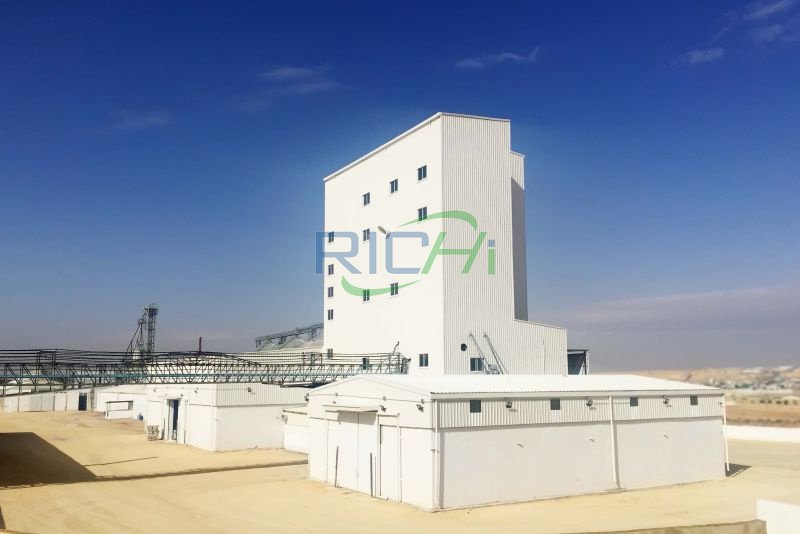
Estimating the Payback Period
To estimate the payback period, we must calculate the annual cash inflow and juxtapose it with the initial investment. Here’s a scenario based on average industry figures:
- Initial Investment: $6.5 million
- Annual Revenue:
- Production: 144,000 tons
- Average selling price: $350 per ton
- Total Revenue: $50,400,000
- Annual Operating Costs:
- Raw materials (70% of revenue): $35,280,000
- Labor costs (5% of revenue): $2,520,000
- Energy and utilities (3% of revenue): $1,512,000
- Maintenance (2% of revenue): $1,008,000
- Other expenses (5% of revenue): $2,520,000
- Total Operating Costs: $42,840,000
- Annual Net Cash Flow:
Revenue – Operating Costs = $50,400,000 – $42,840,000 = $7,560,000 - Payback Period Calculation:
Initial Investment / Annual Net Cash Flow = $6,500,000 / $7,560,000 ≈ 0.86 years
Based on these calculations, the estimated payback period for a 30t/h animal feed processing plant is roughly 10 months, or 0.86 years. (Related post: feed plant machinery)
Factors That May Extend the Payback Period
Although a payback period of under a year is attractive, several factors can prolong this timeline:
- Market Volatility
Variations in feed prices or raw material costs can significantly influence profitability. A downturn in the market may extend the payback period. - Increased Competition
An uptick in market competition may drive down selling prices or necessitate higher marketing expenses, thereby affecting net cash flow. - Regulatory Changes
New regulations related to feed quality or environmental standards could require additional investments, thereby extending the payback period. - Equipment Downtime
Unforeseen maintenance issues or equipment malfunctions can reduce production capacity and increase costs, resulting in a longer payback period. - Capacity Utilization
Operating below full capacity due to insufficient demand or operational challenges will extend the payback period. - Financing Costs
If financed through loans, interest payments will diminish net cash flow and prolong the payback period.
Strategies to Optimize the Payback Period
To achieve or even shorten the estimated payback period, consider implementing the following strategies:
- Efficient Raw Material Sourcing
Establishing strong relationships with suppliers and utilizing effective inventory management can help control raw material expenses. - Enhancing Energy Efficiency
Investing in energy-efficient equipment and optimizing production processes can lead to significant reductions in operational costs. - Product Diversification
Offering a variety of feed products for different animal types can help maintain consistent demand and potentially enhance profit margins. - Quality Control
Ensuring high product quality can justify premium pricing and foster customer loyalty, positively impacting revenue. - Automation and Technology
Integrating advanced automation and control systems can boost efficiency, lower labor costs, and minimize waste. - Market Expansion
Pursuing new markets or export opportunities can increase sales volume and potentially enhance profit margins. - Value-Added Services
Providing additional services like nutritional consulting or custom feed formulations can generate new revenue streams.
Long-Term Considerations
While the payback period is a vital metric, it is essential to assess the long-term viability and profitability of the plant beyond the initial payback. Factors to consider include:
- Market Growth
The rising global demand for animal products is likely to sustain continued demand for animal feed, supporting long-term profitability. - Technological Advancements
Keeping up with the latest feed production technologies can help maintain competitiveness and efficiency over time. - Sustainability Practices
Implementing sustainable production methods can lead to long-term cost savings and potentially open new market opportunities. - Brand Development
Building a robust brand reputation for quality and reliability can foster customer loyalty and opportunities for premium pricing.
Conclusion
The payback period for a 30t/h animal feed processing plant can be impressively short, potentially less than a year under optimal conditions. However, this should be viewed as a best-case scenario. In reality, various factors can extend this period, making it prudent for investors to anticipate a payback period of 2-3 years to accommodate market fluctuations and unforeseen challenges.
To achieve and maintain a favorable payback period, the focus should be on efficient operations, strategic market positioning, and adaptability to changing market conditions. By prioritizing these elements, investors can not only recover their initial investment swiftly but also secure the long-term profitability and sustainability of their animal feed processing plant.
Ultimately, while the payback period is an essential consideration, it should be part of a broader financial analysis encompassing long-term profitability projections, return on investment calculations, and risk assessments. This comprehensive approach will yield a more complete understanding of the investment’s potential and guide decision-making in the dynamic animal feed industry.
For details please contact: pellet mill machine
WhatsApp:86 138 3838 9622
Email:enquiry@richipelletmachine.com
